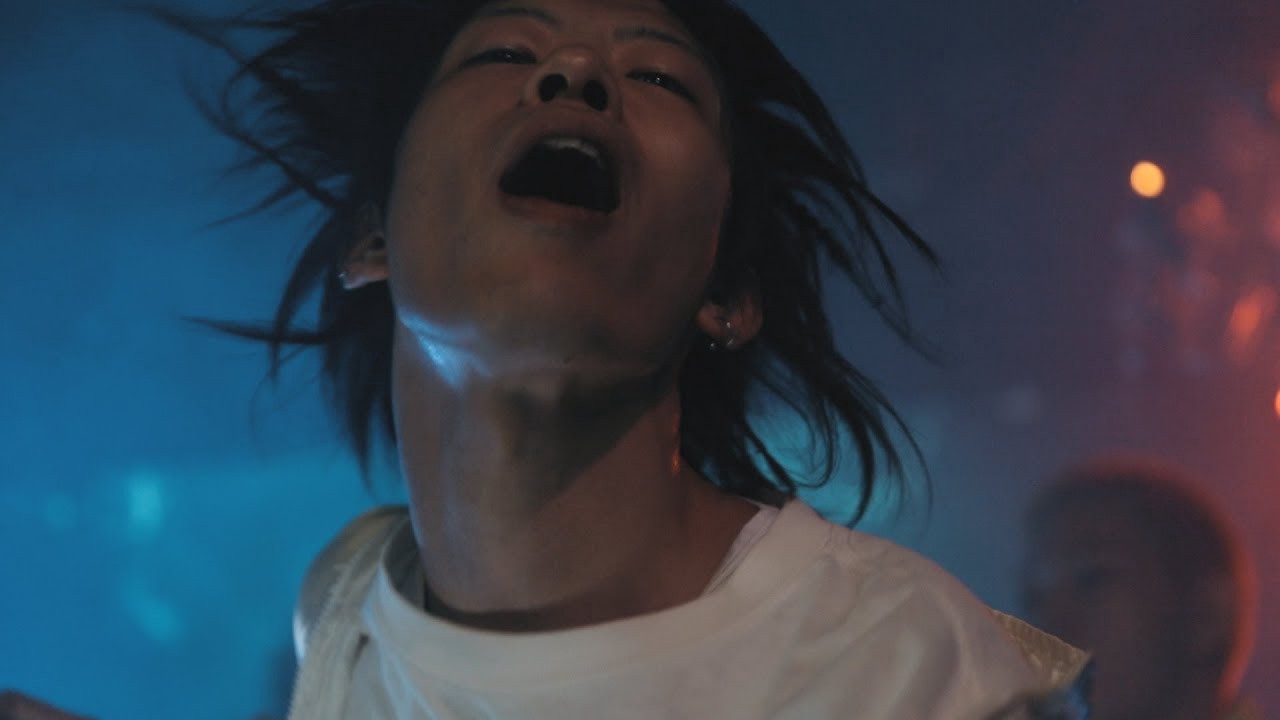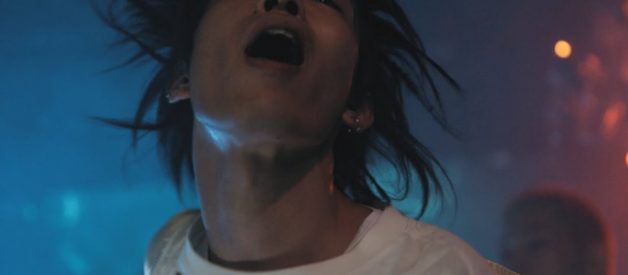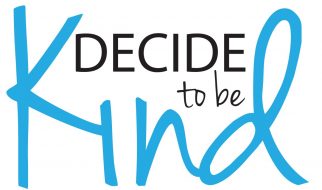
Over the past few years, the underground and independent hip hop scene in Japan has flourished. Like their Western contemporaries, there?s plenty of talent in the online and Soundcloud communities. Rather than focus on the big names of Japanese rap like KOHH, Miyachi, Bad Hop, and JP The Wavy, I decided to take a look at some of the tracks from rising stars and independent artists. In the past few years, Japan has started carving out its own identity in the hip hop world as rappers began developing their own styles and speaking on issues pertinent to Japanese society. Influenced by the big hip hop genres of today like emo-rap, trap, and experimental hip hop, artists give their own unique spin on these sounds as they combine them with their own cultural experiences. Below are fifteen songs from Japanese artists that aren?t in the mainstream but you should absolutely know about.
Nakano Broadway (featuring Bokunou) ? Goukou Kuyt
Featuring a bouncy, summery beat from the late Hella Sketchy, Nakano Broadway is a shoutout to the Tokyo shopping complex known for selling anime and manga merchandise. Drenched in autotune and featuring a flute melody, the song should be familiar to fans of Hella Sketchy?s bright, bubblegum-trap production. Gokou Kuyt?s voice is breathy and glides along to the cheery production as he raps about flexing Yu-Gi-Oh cards and his shopping habits. Bokunou jumps in on the second verse lamenting the mornings of Shibuya and its loneliness. They have a nice chemistry together that fits squarely into the cutesy anime aesthetics of the EP cover and the upbeat production. The chorus is absolutely addicting and the crooning autotune feels nostalgic. This is the kind of song that makes you yearn for the summer days of past. The entire EP, Shawty Callin? is a great listen but Nakano Broadway is definitely the highlight.
Akuma Emoji ? (sic)boy
(sic)boy is an emo rapper from Tokyo who?s been gaining traction on the Internet after releasing two EPs, NEVERENDING? (under the Sid The Lynch moniker) and more recently, (sic)?s sense. Fusing together alternative rock and rap, (sic)boy is clearly influenced by the guitar-heavy, emo trap sounds of artists like Lil Peep and nothing,nowhere. Akuma Emoji features a distorted guitar riff looping over heavy 808s. (sic)boy deftly weaves together English and Japanese and alludes to the demons in his head as the 9-tailed fox from Naruto. It?s a pretty standard emo-rap formula but the chorus is so catchy that you will soon find yourself singing along to the English parts. (sic)boy also brings a little flair by adding a small breakdown in the latter half of the song. As the vocals get pitched up with turntable scratches, it slowly morphs into (sic)boy screaming into the mic before jumping back to the chorus. It?s a clear nod to his emo rock influences and acts as a nice crescendo before the final, multi-tracked chorus.
A Bright (featuring SALU) ? Kvi Baba
Hailing from Osaka, Kvi Baba is a 21 year old rapper that got his start on Soundcloud back in 2017. Linking up with SALU, a veteran singer/rapper from Hokkaido, A Bright is a crossover between the underground and mainstream. Despite this difference though, Kvi Baba and SALU complement each other nicely on the low-key beat featuring a catchy marimba refrain. In contrast to the bright production, Kvi Baba?s lyrics are dark as he raps about walking down despairing roads and searching for salvation in a world of angels and demons. SALU?s feature showcases his versatility as he matches Kvi Baba perfectly on his verse with lyrics of being haunted by his past and searching for a brighter future. For a guy whose recent work features a lot more RnB tendencies than rap, SALU proves that he?s more than capable of keeping pace with Kvi Baba. The end product is a dynamic emo-rap hit from an unlikely crossover between rising star and industry vet.
Trust In Bucks ? ellow Bucks
ellow Bucks first gained recognition in Japan for winning season 3 of the ????????! (RAPSTAR) audition show. The next year he would release the EP To The Top where the song Trust In Bucks would help elevate him even further into the Japanese hip hop scene. Featuring a distinct, jazzy chord progression, ellow Bucks puts his faith in money as he raps about his unstoppable confidence, Ray-Bans, and flexing on his haters. As the song title suggests, he is focused on getting money and even goes as far as to say he wants a cheque from Def Jam. His voice drips with swagger and confidence as he runs with the English chorus of ?I trust in trust in trust in trust in trust in bucks.? Matching the upbeat production, ellow Bucks has a lightning fast flow and melodic intuitions that?s reminiscent of Japanese rapper AK-69. Put together, Trust In Bucks is a perfect display of what ellow Bucks so compelling.
Higher ? Mall Boyz (Tohji & gummyboy)
Mall Boyz is the collaborative project from Japanese rappers Tohji and gummyboy. Tohji has taken Japan?s hip hop scene by storm with his high-energy live shows and a consistent discography that had him reigning the charts of Soundcloud Japan. gummyboy hails from Suginami and linked up with Tohji through mutual friends after releasing his first EP Ultimate Nerd Gang. The Mall Boyz sound is styled after the aesthetics of the early 2000s and the feeling of ?driving to the mall.? Visually, the Higher music video looks like a typical rap video: cruising in cars, flexing streetwear, and dancing with your crew. But the energy from Tohji and gummyboy draws you in and feels like nothing you?ve heard before. The anthemic chorus is so much fun and it?ll be stuck in your head before long. Higher is the best song that came out of the Mall Boyz project: an addictive synth-driven beat with charismatic performances from both artists.
Selfish ? Ralph
The first thing you notice about Ralph is his presence: his deep growl as he raps with a machine-gun flow. The ominous beat for Selfish with the prominent angelic chorus in the background plays heavily into the video?s dark atmosphere. Devoid of much colour, it?s the perfect backdrop for Ralph?s aggressive rapping style. Selfish features an evolving beat that transforms from a typical drill pattern into a syncopated grime breakbeat in the final verse. Where his contemporaries are taking influence from trap and emo-rap from America, Ralph decided to take on the stylings of UK grime instead. The Japanese grime scene is small and mostly consists of DJs rather than MCs so Ralph naturally stands out. His distinct bass voice and his fashion is perfectly in tune with the gritty, underground sound as he weaves in and out of his verses with ease. Ralph is one of the most exciting upcomers in the Japanese hip hop scene right now, with the potential to bring national attention to the Japanese grime scene.
Majinahanashi ? Hideyoshi
Strangely enough, Hideyoshi got a decent-sized following internationally off of this song but isn?t really in the mainstream consciousness of Japan. Based in Tokyo, Hideyoshi is part of the Tokyo Young Vision collective, an independent label of young Japanese artists. On his debut album, Dead End Adventure, Hideyoshi uses his distinct voice to make his own brand of emo-rap. Featuring prominent guitar-driven beats and even a sample of The Script?s Breakeven, Hideyoshi?s alt-rock roots are evident. Yet on the song Majinahanashi, he transforms into a different beast and tackles a dark, trap sound with dexterity. Completely different from the rest of the album, Majinahanashi features a skeletal trap beat with distorted screams behind the chorus. Despite how different it sounds from the rest of the album, Hideyoshi feels completely in his element as he brags about making it in the rap game and silencing his doubters. Even better is the music video which captures the dark, brooding atmosphere that pervades the song. Majinahanashi is a perfect example of Hideyoshi?s versatility and unmistakable voice.
Prove ? KANDYTOWN (Gottz, Keiju & Mud)
Styled after the classic sounds of 90s hip hop, Kandytown is a collective of artists, rappers, producers, and video makers. They retain complete creative control over their music and have appeared in collaborations with companies like Reebok. On Prove, rappers Gottz, Keiju, and Mud rap in both English and Japanese over a sample flip of Dionne Warwick?s We Never Said Goodbye. The pitched up soul sample feels reminiscent of College Dropout era Kanye: a transformation of classic sounds into a high-energy backdrop. The three rappers bounce and feed off each other?s energy as they brag about coasting from city to city and stacking paper. Keiju?s line about counting money even though he?s bad at math is a hilarious flex and Mud?s references to Illmatic is a perfect fit for the 90s sound. Kandytown?s decision to remain independent is impressive and shows how organic success can still emerge in the streaming era.
BREAK DOWN ? HITOMIN
Hitomin has a ton of crossover appeal in both RnB and rap. She can sing and rap while simultaneously switching from Japanese to English effortlessly. I mean it?s kinda crazy that she hasn?t blown up yet considering how she basically checks every box required for mainstream success. On BREAK DOWN, Hitomin showcases her mastery at turning everything on a song into a hook. The auto-tuned choruses and half-sung, half-rapped verses remind me of the more melodic rappers that have sprung up lately. Hitomin is confident as she raps about her newfound success and proving her doubters wrong over an energetic, EDM-styled beat. The music video features great choreography and feels like a K-Pop video with its distinct style. It?s captivating how BREAK DOWN pulls you right in with the charisma and energy Hitomin brings.
Miss You ? Sleet Mage
Sleet Mage has gained a cult following on Youtube and Soundcloud over the past few years. Employing a heavy dose of autotune, a looping guitar and glacial synths, Miss You should sound very familiar for fans of emo-rap. It?s clear that Lil Peep was a huge influence on Sleet Mage but their own voice comes through clearly. There are times when Miss You feels like an extension of Japanese arena rock acts like Glay where the intimate vocals portray a sense of longing rather than angst. Miss You portrays the nostalgia and yearning of the past as something something melancholic rather than painful. The delivery, tender and restrained, feels genuine and the emotions that pour out are gripping. Sleet Mage has a natural talent for conveying emotion through their voice and it?ll be exciting to watch how they grow as an artist.
Mary. ? Izumi Makura
Izumi Makura has been around for longer than most of the names on this list. Since 2012, the rapper from Fukuoka has made a name for herself by having her work appear in anime like Space Dandy and her remix of Lorde?s Royals garnered quite a bit of attention. For the most part though, she still seems to prefer remaining low-key in the industry. Her music can be described as a blend of lo-fi hip hop, dream pop, and picopop. The songs typically take the point of view of a young girl who is lonely and unsure of herself. Her ability to transform the most mundane and insignificant moments into something poetic is incredible. With her breathy vocals, there is something relaxing about her monotone flow as it glides along to the simple, nostalgic beat. With a unique delivery and penchant for poetic musings, Izumi Makura has been one of the most consistent Japanese artists from the past decade.
Supernova ? Shaka Bose ????
Shaka Bose is the whole package with the ability to rap, produce, and mix/master. He?s well-known in the Japanese underground scene for his unique aesthetics and his abstract lyrics that reference the occult, mythology, and religion. In a lot of ways, he reminds me of BONES with the ?shadowy? style of rapping and experimental influences. On Supernova, Shaka Bose describes his brain as fucked up while he makes allusions to aliens, God, and existentialism. The trippy visuals make the video creepier as images of political leaders like Trump and Kim Jong Un get swirled together with pictures of galaxies and even a sequence of Sephiroth using Supernova from Final Fantasy 7. It?s kinda unsettling but gives Shaka Bose an unique artistic direction that heightens the claustrophobia of his music.
Psycho Energy ? Neon Nonthana & Eco Skinny
Frequent collaborators Neon Nonthana and Eco Skinny have developed a natural chemistry after so many songs together. Their 2020 album, Psyscho Pop, takes their music in an experimental direction with cold, industrial beats and dark undertones. On the lead song, Psycho Energy, they?re completely in sync as they rap over the frantic, mechanical beat produced by Hellboy. As they smoothly alternate between hooks and verses, their flows are razor sharp with precision. The music video features a neon-lit cityscape with a futuristic atmosphere. It?s a perfect fit for the pulsating bassline and distorted synths. It?s exciting to see elements of experimental hip hop cross overseas and transform into something unheard of in Japan.
Bohemian ? Guca Owl
Osaka rapper Guca Owl is only 21 but has already developed a solid following in the underground and started the label ?WILD SIDE? with his friends. With his autotuned crooning, melodic hooks, and echoing ad-libs, Bohemian sounds heavily influenced by Travis Scott. But at the same time, Guca Owl rarely sticks with one sound over the course of his projects. Ranging from guitar-heavy emo-rap to autotuned trap bangers to anthemic stadium-styled compositions, Guca Owl shifts like a chameleon: changing his vocals and delivery to match the production. Bohemian once again sees Guca Owl in a different element as he murmurs the autotuned chorus against a backdrop of nature. Mellow and purposefully restrained, Guca Owl is fantastic at cultivating the atmosphere in his music. There?s no doubt that he has the potential to become a star as he continues to refine his sound.
Orange ? SPARTA
Though he?s relatively new to the Japanese hip hop scene, SPARTA?s warm, upbeat songs have landed him on officially curated Spotify playlists. Orange is his newest hit: playful and sunny as his autotuned voice raps about moving forward with your own intentions. Its pop-rap sound is a natural fit for the motivational lyrics. Light on its feet, the basic sound design helps keep things simple as the production never overtakes his vocals. SPARTA?s music is so radiant that you can?t help but nod your head along to the cheery hooks. Orange is a bright beam through even the most dreary of days.


